"Results"
![]() Experiment 1
Experiment 1![]() Preparation of Ring-shaped microtubule assemblies
Preparation of Ring-shaped microtubule assemblies
To obtain ring-shaped microtubules, we perform dynamic self-assembly on kinesin-coated glass surface.
Under an appropriate concentration of each solutions (200 nM kinesin, 5 microM microtubule (60 % biotinilated),
300 nM streptavidin, 5 mM ATP ), rotating ring-shaped microtubules were successfully formed (Fig. 1-1).
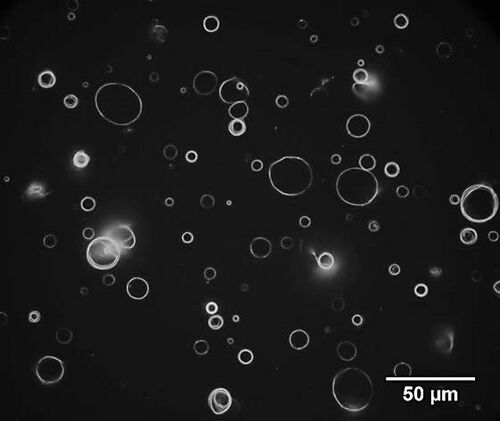
Fig. 1-1 Fluorescent image of ring-shaped microtubule formed on kinesin-coated surface.
To understand the properties of the ring-shaped microtubules, we measure their diameter and velocity of rotation.
Histograms based on each results were prepared and showed below (Fig. 1-2 ,1-3).

Fig. 1-2 Histogram of the diameter of ring-shaped microtubules.

Fig. 1-3 Histogram of the velocity of rotation.
The size and the velocity of ring-shaped microtubule assemblies were stable and good enough to continue our experiments.
![]() Experiment 2
Experiment 2 ![]() Preparation of Marimo-gel
Preparation of Marimo-gel
This experiment was performed by following the method on “materials” page.
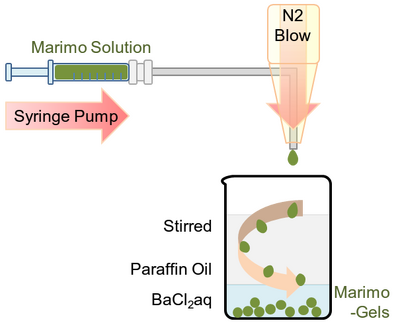
Fig. 2-1 Schematic illustration of preparing Marimo-gel.

Fig. 2-2 Micrograph of Marimo-gel prepared in this experiment.
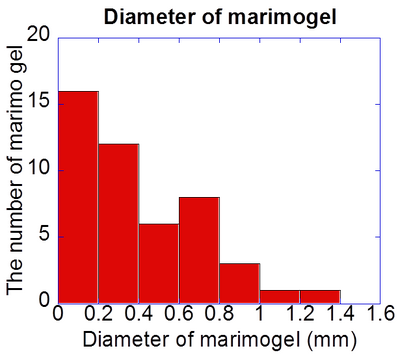
Fig. 2-3 Histogram of diameter of Marimo-gel.
Marimo-Gel obtained in this experiment is very much larger than we expected. The diameter should be around several tens
micrometers size to introduce into the flowcell where the ring-shaped microtubules were formed. Also the shape of Marime-gel
was not a good globule.
To prepare smaller and spherical Marimo-gel, we are planning to try another method. By using an appropriate surfactant,
o/w emulsion system seems to us is suitable to prepare micro-Marimo-Gel.
![]() Experiments3
Experiments3 ![]() Preparation of micro-sized gear
Preparation of micro-sized gear
To obtain micrometer-sized gear, we perform lift-off methods for MEMS devices.
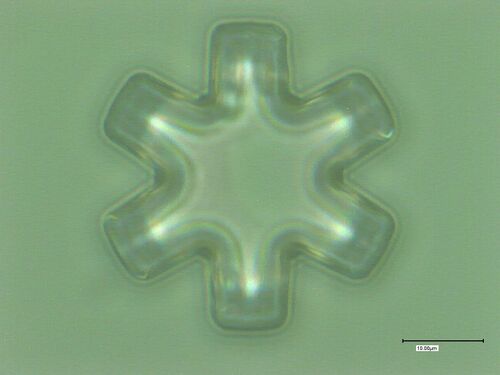
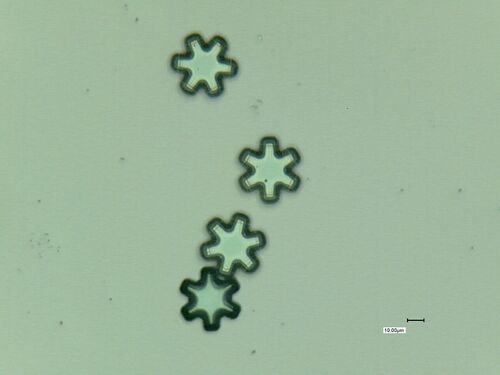
Fig. 3-1 Micro-sized gear prepared by lift off method.
We successfully prepare the micrometer-sized gear.
